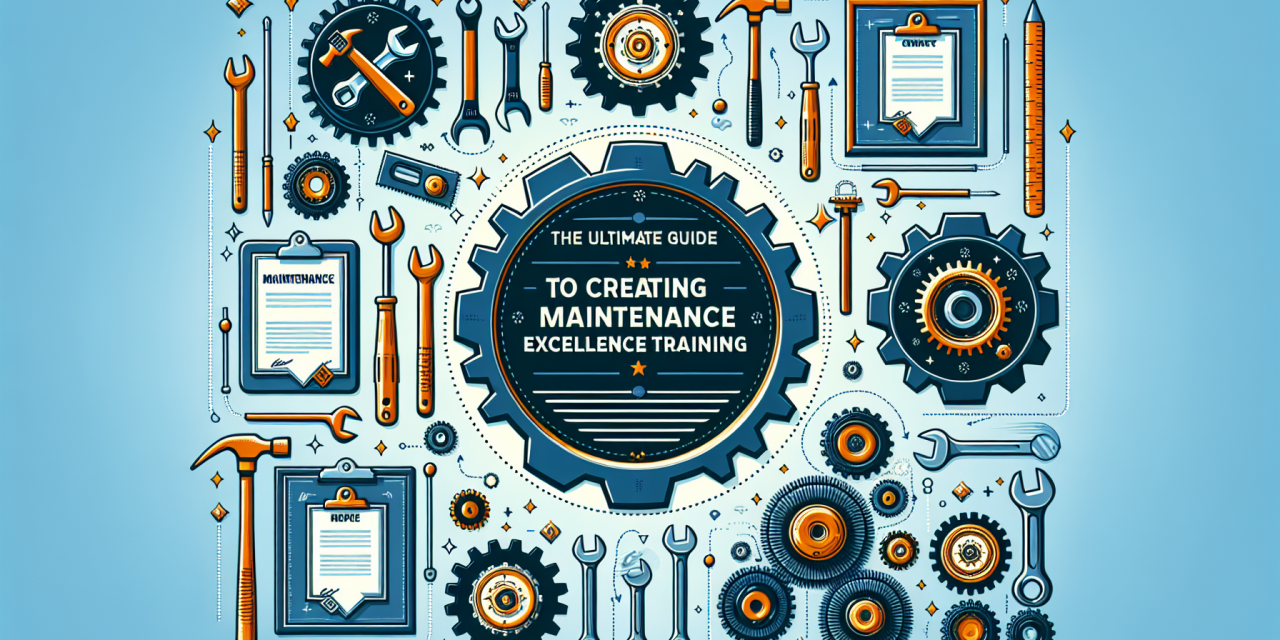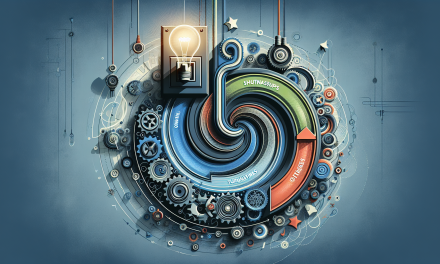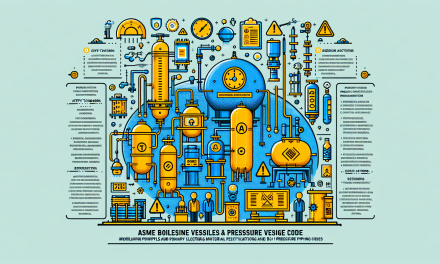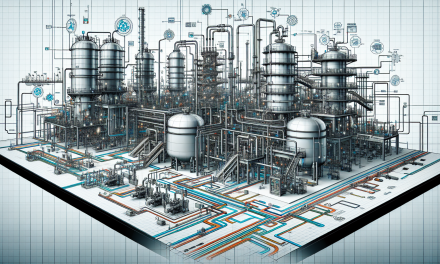Table of Contents
- Introduction
- Why Maintenance Excellence Matters
- Defining Maintenance Excellence
- Key Components of Maintenance Excellence
- Strategies for Implementation
- Real-World Examples
- Common Challenges
- Measuring Success
- Frequently Asked Questions
- Conclusion
Introduction
Establishing maintenance excellence is crucial for organizations that strive for operational efficiency and reduced downtime. The journey toward achieving maintenance excellence involves understanding the strategic importance of effective maintenance practices, developing necessary competencies, and fostering a culture where everyone contributes towards continuous improvement.
Why Maintenance Excellence Matters
Organizations investing in maintenance excellence realize significant benefits, such as enhanced equipment reliability, improved safety standards, and increased operational efficiency. Consequently, these improvements lead to reduced total cost of ownership and better allocation of resources. In a highly competitive environment, organizations that neglect maintenance excellence risk losing their edge.
Defining Maintenance Excellence
Maintenance excellence is characterized by a proactive approach to equipment management. It significantly emphasizes preventive maintenance, predictive techniques, and a solid understanding of equipment life cycles. By focusing on these aspects, organizations effectively manage their assets, ultimately leading to optimal productivity.
Key Components of Maintenance Excellence
1. Leadership and Culture
Leadership plays a pivotal role in driving maintenance excellence. Leaders must foster a culture that encourages teamwork, accountability, and communication. Moreover, engaging employees at all levels creates an environment that promotes shared responsibility for maintenance tasks.
2. Effective Processes
Establishing clear and effective maintenance processes is essential. Organizations should develop standardized maintenance procedures that emphasize best practices, simplifying training for new employees and aiding seasoned technicians with routine tasks. This consistency not only streamlines operations but also enhances overall productivity.
3. Skill Development
To achieve maintenance excellence, organizations need to invest in skill development. Training programs focusing on equipment management, troubleshooting techniques, and safety protocols enhance the team’s capabilities. Moreover, continual learning ensures that employees adapt to the latest technologies and methodologies. For instance, explore the Creating Maintenance Management Excellence Training Course for an extensive development opportunity that boosts team performance.
4. Continuous Improvement
A culture of continuous improvement propels organizations toward maintenance excellence. Implementing regular reviews of maintenance practices encourages identifying areas for improvement. Utilizing feedback loops and key performance indicators (KPIs) to track progress is paramount.
Strategies for Implementation
Implementing maintenance excellence strategies requires a thoughtful approach. Several proven strategies can guide organizations through this transformation:
- Engage Stakeholders: Involve employees from various departments early in the planning process. Gaining diverse perspectives fosters buy-in and encourages collaboration.
- Prioritize Training: Create tailored training programs to address specific organizational needs. Consider workshops on Mastering Troubleshooting in Process Operations to equip employees with essential skills.
- Utilize Data Analytics: Leverage data analytics to inform decision-making and enhance maintenance strategies. Analyze trends and patterns to predict maintenance needs proactively.
- Encourage Feedback: Regularly collect feedback from employees about ongoing practices. This engagement creates a sense of ownership and leads to valuable insights for improvement.
Real-World Examples
Many organizations implement maintenance excellence strategies successfully. For instance, consider how a manufacturing company enhanced production efficiency by adopting predictive maintenance techniques. By analyzing equipment data, the organization minimized unplanned downtime while improving overall equipment effectiveness.
In another example, a major utility provider adopted a comprehensive maintenance strategy, significantly reducing the costs associated with emergency repairs. By emphasizing preventive maintenance, the provider achieved enhanced operational efficiency while improving service reliability.
Common Challenges
Transitioning to a maintenance excellence framework isn’t without hurdles. Some common challenges include:
- Resistance to Change: Employees may resist new processes due to comfort with established practices. It’s essential to communicate the benefits clearly and involve them in decision-making.
- Resource Allocation: Many organizations struggle to balance innovation with daily operational demands. Prioritizing certain projects can help allocate resources efficiently.
- Lack of Data Utilization: Without proper data analysis, organizations may miss opportunities for improvement. Implementing data-driven decision-making processes is crucial.
Measuring Success
To ensure that maintenance excellence strategies are effective, organizations must measure success through specific metrics. Implementing the following KPIs can help monitor progress:
- Mean Time Between Failures (MTBF): Tracking MTBF helps assess equipment reliability and effectiveness of maintenance actions.
- Maintenance Cost as a Percentage of Asset Value: Monitoring this ratio provides insights into the cost-effectiveness of maintenance strategies.
- Employee Training Completion Rates: Evaluate the percentage of staff completing training programs highlighting the commitment to employee development.
- Reduction in Emergency Repairs: Tracking the frequency of emergency repairs over time reveals the effectiveness of preventive measures.
Frequently Asked Questions
What is maintenance excellence?
Maintenance excellence refers to a proactive approach to asset management, characterized by preventive measures, skilled personnel, and a culture committed to continual improvement.
How can organizations implement maintenance excellence?
Organizations can implement maintenance excellence by engaging stakeholders, prioritizing training, utilizing data analytics, and fostering a continuous feedback loop.
Why is training important in maintenance excellence?
Training equips employees with the necessary skills to perform their tasks effectively and safely. It also ensures that they stay updated on the latest maintenance technologies and methodologies.
Conclusion
Creating a culture of maintenance excellence requires commitment, investment, and an ongoing dedication to improvement. By fostering a proactive environment, organizations significantly enhance their operational efficiencies, ensuring they stay competitive in today’s fast-paced industry. Through strategic implementation of processes, skill development, and continuous review, organizations can redefine what maintenance excellence means for them.
For additional insights, dive into related resources such as Mastering Equipment Maintenance and Replacement Decisions and Unlocking the Secrets of Refractory Applications Inspection and Maintenance. Also, explore Mastering Risk-Based Strategies for Effective Inspection and Maintenance Management as well as Mastering Maintenance Management Strategies to Understand, Identify, and Control Human Error to continue expanding your knowledge on maintenance excellence.





